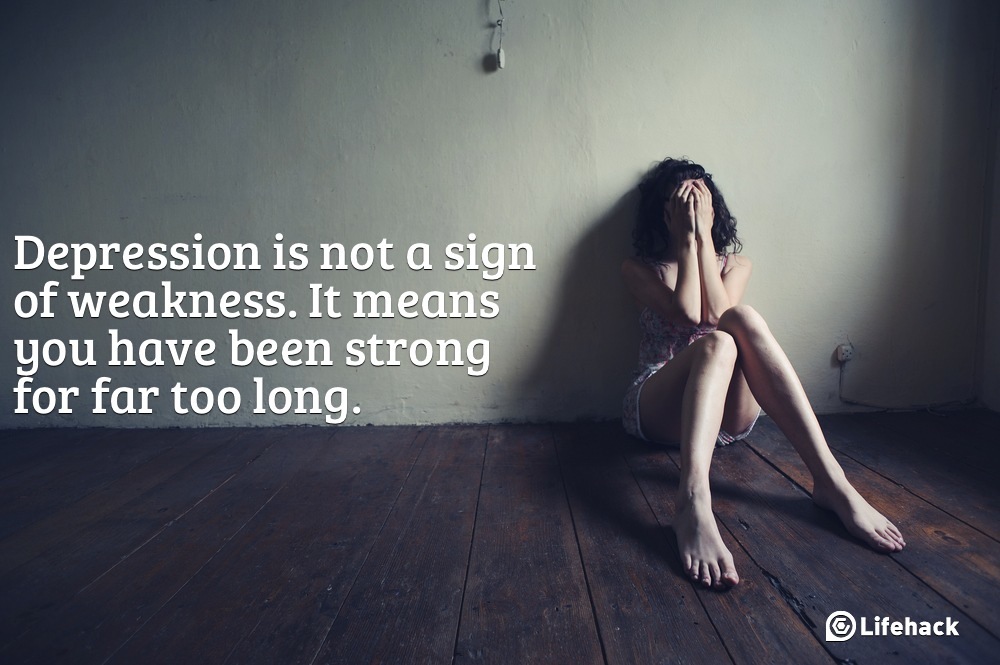Thirty-five years ago, I had both of my hips replaced.
It was a couple months before my 16th birthday. While my friends
were getting their drivers’ licenses, I got new hips.
It wasn't exactly a fun way to spend a summer, but my
arthritis left me no choice. My hips had completely disintegrated. The bones
were grinding against each other, sounding like my mom's 1968 Mustang when my
sister first learned to drive stick shift. The pain that went with it stopped
me dead in my tracks. Life was put on hold until my surgeon readied his bone
saw -- along with other nasty implements -- and replaced what Mother Nature
gave me with stainless steel and Teflon.
I don't know precisely what happened to my natural hip
joints. But I'm guessing their fate and Jimmy Hoffa's were substantially
similar. Ashes to ashes, and all that stuff.
I never got a chance to say goodbye to my hips. Not
sure what I would have said, exactly. Perhaps "it's not you, it's me"
or "let’s try again after I get my head together" or "don't let
the door hit you where the Good Lord split you."
Because of my experience, I've always been curious how
other folks deal with having parts of them torn asunder. Recently I stumbled
upon an online article about Norwegian artist Alexander Selvik Wengshoel, who
gave his own hip an interesting send-off.
A wheelchair user since childhood, Wengshoel had his
hip replaced when he was 21. The performance artist wanted to take home the
detached joint as a souvenir. He woke up after the procedure to find a vacuum
plastic bag containing the hip, and a good-luck note from his surgeon attached
to it.
But Wengshoel’s story doesn’t end there. He cooked the
hip and dined on the meat, along with a side dish of potatoes au gratin and a
glass of wine.
When I read this, I was stunned. The first thing that
came to mind was "white or red?"
But then I saw Wengshoel's comment:
"It had this flavor of wild sheep, if you take a
sheep that goes in the mountains and eats mushrooms."
That answered my question. Had to be a robust red.
Perhaps Rocca Delle Macìe Riserva Chianti Classico 2008, from Tuscany, or
Beronia Reserva 2008 from Rioja, Spain. Gotta love the way those aromas of
succulent black fruit, earth, violets and spice complement meat.
Since I've already told you Wengshoel is a performance
artist, you probably know what's next, and you would be right. He documented
the entire cannibalistic feast in an exhibition that was featured at the Tromso
Academy of Contemporary Art in Norway.
I was inclined to dismiss Wengshoel as a nut job, a
kook driven mad by Scandinavian seasonal affect disorder.
But then he elaborated further.
"It had been so hard to have it in my body, and
when I took it out, it turned into something else, something romantic. It was a
natural process I felt I had to do to move on. I just work with my own body,
that is my canvas.”
I sort of envy Wengshoel. At least he got the
chance to emotionally work through such an experience.
As for me, I would like to have taken my hips
home in a Big Lots bag, but I would have stopped short of ingesting them.
Perhaps I would have turned them into a
flower vase.
To display rose hips in bone meal, of course.
